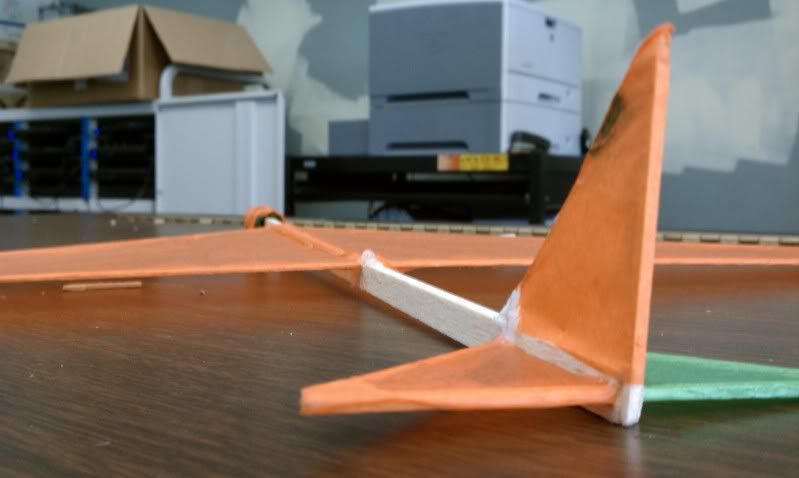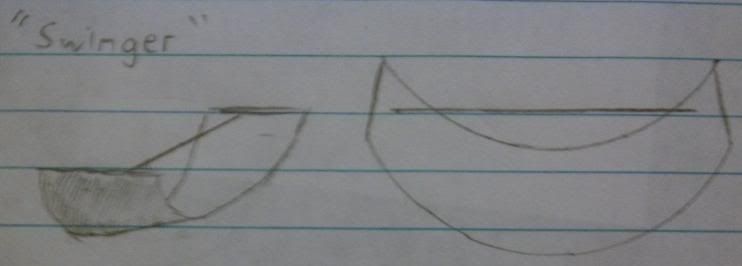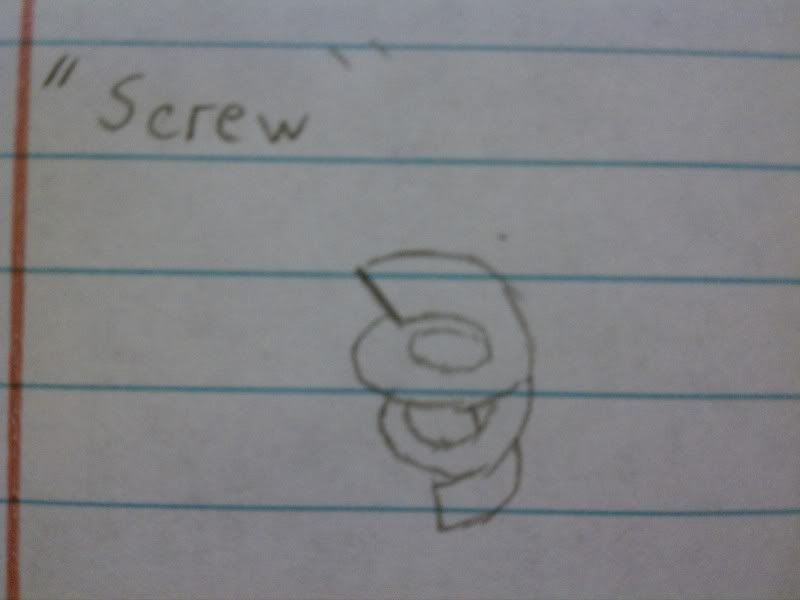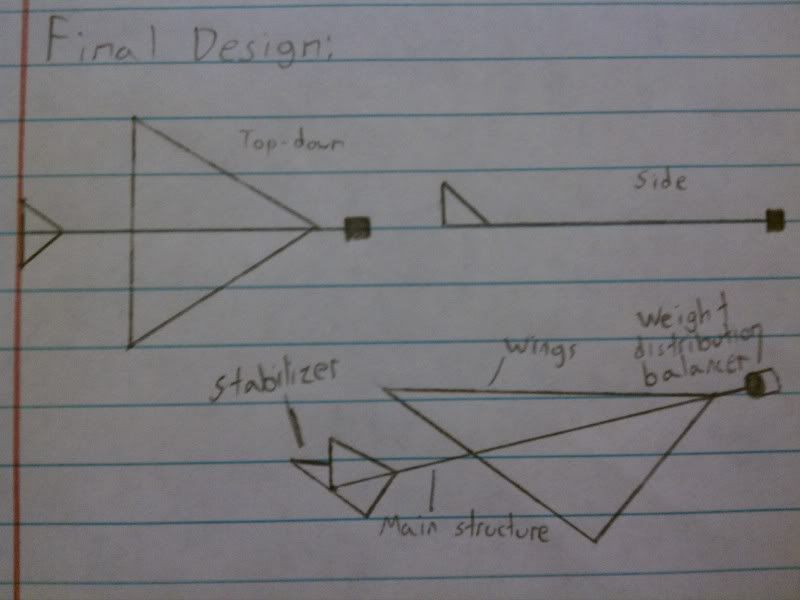 This is what our egg drop design was based on, the mars lander crash bags. (We don't have a picture of our actual final design)Total # of Achievements Earned: 24
This is what our egg drop design was based on, the mars lander crash bags. (We don't have a picture of our actual final design)Total # of Achievements Earned: 24
The achievements earned are bolded.
Brainstorming
-Create a sketch of one possible solution. Include
labels.
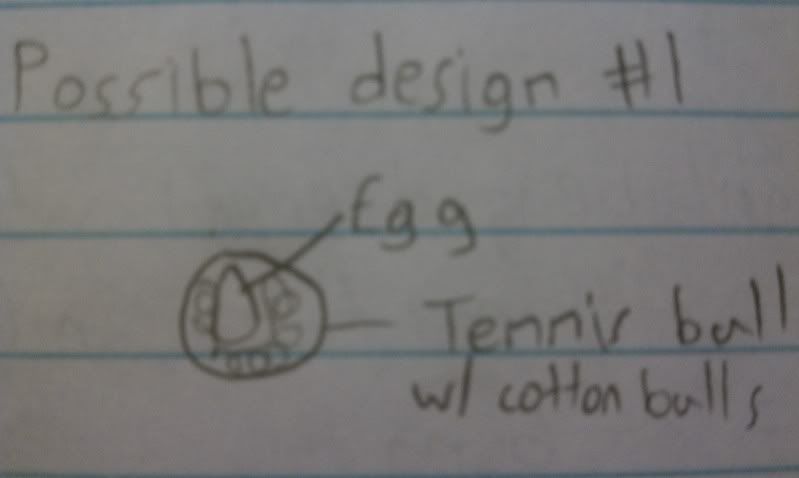
-Create a sketch of another possible solution. Include labels.
-Create a sketch of a third possible solution. Include labels.
-Use a decision matrix to justify the approach you chose.
Material
Prep
-Generate a list of materials required for build day.
-Document a plan to ensure materials are brought in on block day.

Build Achievements
Material Size:
(your egg
is not included in the material size)
(air is ubiquitous and not included in
material size. "Rare" commodities like helium are.)
-Your materials
fit inside a printer paper box
-Your materials fit inside a shoe box
-Your materials fit inside a cigar box
-Your materials fit
inside an Altoids box
Material Weight:
(your egg is not included in
material weight)
-Your materials weigh less than 500 grams.
-Your materials weigh less than 300 grams.
-Your materials weigh less
than 200 grams.
-Your materials weigh less than 150 grams.
-Your
materials weigh less than 100 grams.
-Your materials weigh less
than 50 grams.
-Your materials weigh less than 25 grams.
Drop
Achievements
Drop Accuracy:
-You hit the butcher paper!
-You hit inside the third ring!
-You hit inside the second
ring!
-You hit inside the first ring!
-You hit the Bullseye!
Egg
Resilience:
-Your egg broke but the yolk remained intact.
-Your
egg cracked but the yolk stayed inside and intact.
-Your egg cracked but was
still together.
-Your egg didn't break in any way! (awarded three times)
-Your egg didn't break in any way! (awarded three times)
-Your egg
didn't break in any way! (awarded three times)

Egg still intact after being dropped
Calculation
Achievements
-Describe an aspect of the event using arithmetic.
-Describe an aspect of the event using geometry.
-Describe an aspect of the event using algebra.
-Describe an aspect of the event using calculus.
-Seek out additional instruction from your math teacher in support
of a Calculation Achievement.
Communicate Results Achievements
-Create promotional materials for your design.
-Model your solution
using CAD software.
-Create a multiview drawing of your CAD model.
-Dimension your multiview drawing.
Other Achievements
-Help set up the Bullseye.
-Come up with a clever name Mr. Olson uses
for an existing Achievment.
-Design an Achievement Mr. Olson approves for
next year's Egg Drop Challenge.
-Suggest a redesign to the activity that Mr
Olson confirms he will use for next year's Egg Drop Challenge.
Designs such as that of Joe and Josh (pictured below) were successful because they took into account the actual criteria, instead of making a design and then cutting corners to try to make it fit into the criteria.

Things it did right:
- Extremely light: it received all of the weight achievements.
- Safe: the egg looks and is very unlikely to break, giving you many more achievements
Things that could have been improved upon:
- Size: the solution didn't receive many of the size achievements, but made up for it with its excellence in other areas
- Accuracy: as with our original design, they chose to use a parachute. However, we found that the parachute caught the wind and made it less accurate. This design would have probably done better without the parachute.
Personal redesign ideas:

- Guiding weight: if our own design had had more weight, it would have dropped more accurately. The wind was too strong for our design and blew it off course.
- Less cotton balls: the cotton balls on the top would be unnecessary with a weight, since then you wouldn't have to worry about it dropping upside down and making the egg break. This would have allowed us to get some more size achievements.

